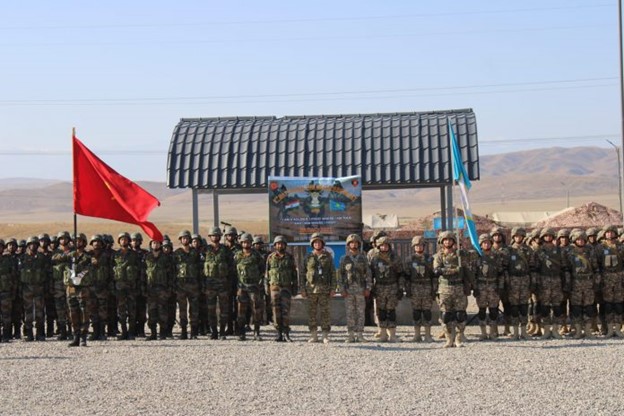
MILITARY DIPLOMACY AND INDIA’s PROJECTION OF HARD POWER

The recently concluded G 20 summit in Delhi could be largely concluded to a diplomatic victory for India as the much elusive consensus emerged after extreme prolonged negotiations culminating in the “Delhi Declaration”. If one sees this issue in its entirety there has been a major role of military diplomacy on the outcome. Some die hard foreign services diplomats may tend to disagree, but my case rests on some logical presumptions. Let’s first dwell upon the concept of military diplomacy and apply it to the inclusion of African Union into G 20 and try to understand how it came out.
Concept of Military Diplomacy
Military diplomacy as an instrument of state policy unfortunately was never leveraged by the political system earlier as the bureaucrats were always skeptical of the military gaining ascendency over their domain. The realization came very late that both foreign and military diplomacy could work in tandem to achieve the desired common stated objectives. Though I may state here that countries like the US, Russia and China were long enmeshed in propagation of military diplomacy through hard power. It is very also very important to understand that any tangible gains in diplomacy can be achieved not only by soft power but also application of hard power. Hard power stems from the capability of a military to project beyond its shores and have the requisite indigenization to fulfill the military and security requirements of a nation.
“Military diplomacy” also assumes that there is a great deal of synergy between the three Services, the Army, Navy and Air Force, and a close coordination in their diplomatic role and mechanisms exist to produce a shared and coherent perspective. For all these reasons, it might be conceptually more appropriate to speak of the role of the Armed Forces in India’s foreign policy, the use of the military arm to make our diplomacy more effective and how Indian diplomacy can better integrate our military assets into policy making, rather than “military diplomacy” as such.
The international stature and role of a country in the international system has a correlation therefore, with its military strength, though economic muscle, technological capabilities, human resources and such non-military attributes are relevant factors too. The CDS would therefore play a crucial role in this aspect as well as our Indian missions abroad, where in most cases the military component in terms of MA/DA exists.
Military Outreach to Africa
The Indian Army started its Africa outreach as early as 2019 with AFINDEX joint military exercise with African nations. This was repeated in 2023 when 24 African countries participated in AFINDEX 2023, nine of them as core participants (Ethiopia, Kenya, Lesotho, Niger, the Seychelles, Tanzania, Uganda, Zambia and Zimbabwe) and 12 as observers (Botswana, Cameroon, Equatorial Guinea, Eswatini, Ghana, Malawi, Nigeria, the Republic of Congo, Rwanda, Senegal, Sudan, South Africa).
These efforts have led to stronger political partnerships with African countries, broader security cooperation, a stronger military presence, increased weapons purchases and an attempt to counterbalance the Chinese maritime presence. While India has shown interest in strengthening cooperation with Africa in all fields – political, economic, military – it has given the military sphere particular attention. Initially, military cooperation was limited to joint patrols in African waters intended to guarantee the safety of Indian shipping and confront novel challenges in the western Indian Ocean, in particular piracy, drug smuggling, illegal migration and terrorism. At that point, Indian efforts were focused on establishing educational institutions in various countries, including the Naval War College in Nigeria, the Military Academy in Ethiopia, and the Air Forces Academy in Ghana. New Delhi also sent training teams to countries such as Botswana, Lesotho, Zambia, Uganda, Namibia, Tanzania, Mauritius and the Seychelles.
Indian military diplomacy has focused on countries that are rich in strategic and natural resources and which border on the Indian Ocean. Some of these countries have substantial strategic resources – Niger (uranium), Sudan (oil), Nigeria (oil), Senegal (phosphate), Tanzania (natural gas), Zambia (copper) – while others are strategically positioned along the coastline of the Indian Ocean (Kenya, the Seychelles, Tanzania, Lesotho, Zambia, Zimbabwe). A recent report by India Exim Bank, meanwhile, points to the major contribution made to maritime security by Indian cooperation with nine coastal countries: the Comoros, Kenya, Madagascar, Mauritius, Mozambique, the Seychelles, Somalia, South Africa and Tanzania. All these factors have contributed in bringing the African Union closer to India, hence its inclusion now into G 20. A notable highlight here is that the G 20 secretariat had a sizeable presence of military officers, a testimony to the growth of military diplomacy.
India’s Emergence as a Hard Power
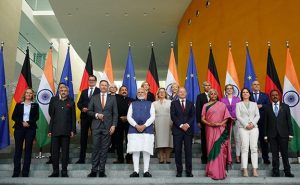
Geography, geo-politics, technology, economy and culture shape a state’s preferences in terms of hard power to serve its national security interests and objectives. Countries often tend to pursue multiple national security objectives – some more imagined than real. For a country like India, which seeks to carve an independent path, the rise to great power status will require capable and usable instruments of force to support its security needs, both continental and maritime. The modern era demands that a nation’s ability to create and field a viable military force comprising land, air and sea based components will have to be integrated with other measures of state power such as economic, social cohesion, and political stability. How India fashions its hard power in the twenty first century will depend to a large extent on its ability to address several contradictory factors.
A reality of the present state of our defence exports which are an indicator of our hard power apart from the various military exercises the three services conduct with friendly foreign countries, suggest a tenfold increase since 2016-17. India’s defence exports have reached an unprecedented peak, skyrocketing from Rs. 686 Crore in FY 2013-14 to an estimated Rs. 16,000 Crores in FY 2022-23, representing a remarkable twenty-three-fold increase. In a recent press release, the Ministry of Information and Broadcasting highlighted this surge as a testament to India’s significant progress in the global defence manufacturing industry. The ministry emphasised that India’s defence industry has demonstrated its prowess in design and development by exporting to more than 85 countries, with a staggering 100 firms currently engaged in defence product exports.
This paradigm shift in India’s defense landscape has transformed the country from primarily being an importer of defense equipment to emerging as an exporter of significant platforms. Notable examples include the indigenous production of aircraft such as the Dornier-228, artillery guns, Brahmos Missiles, PINAKA rockets and launchers, radars, simulators, and armoured vehicles. India’s successful foray into the global defense market showcases its expertise and potential to meet the diverse needs of nations worldwide.
To give a push to defense exports, the government has taken a number of policy initiatives and brought reforms over the last nine years. Export procedures have been simplified and made industry-friendly, with end-to-end online export authorization curtailing delays and bringing ease of doing business,” the statement said.
Recommendations
Capability Development: We still have a long way to go to build up our hard power and therefore recent initiatives in developing strategic partnerships with the United States culminating in agreements on critical emerging technologies, INDUS X and so on. India has also embarked on bridging the gap between the gulf countries and the Middle East. The announcement of an economic corridor between India-Middle East and Europe is a very significant development.
Digital Public Infrastructure: India has showcased itself as a leader in DPI. The successful implementation of its UPI platform and extending its reach to other countries will be closely watched as this would provide the necessary impetus to India’s hard power.
Military Diplomacy Wing (MDW): A plausible suggestion to the armed forces would be to establish a new organization within itself dedicated to Military Diplomacy. It has been my experience that we fritter way the immense expertise our officers bring in when they do tenures in diplomatic missions in other countries as well as courses/training abroad. It is therefore important to harness this expertise and have a MDW. Here the selected officers could be given a couple of tenures in different countries as part of our foreign missions and train them as Military Diplomacy domain specialists. A separate cadre of these professionals’ would give us rich dividends.
Military-Civil Fusion: This subject has much been much talked about, but no concrete proposals have so far emanated. Let’s give this a de-novo look to this and make a concerted effort to have greater synergy between MoD and MEA wherein both could work in unison to achieve known outcomes. Expertise of veterans on sides, viz. defence and foreign affairs could be utilized and given due credence. Today, we do have a large number of think tanks but mostly they are not heard in the forums that matter.
Conclusion
The world today is progressing towards multi-lateralism, and nations must wake up to this reality. India’s emergence as a global power was clearly evident in the manner the G-20 Summit in Delhi concluded. We need to build up on these efforts and consider a greater role for military diplomacy and focus on our hard power mechanisms, be they military or economic. The world today recognizes power and therefore there is no other way than this to move forward.
Disclaimer
The opinions expressed in this article are the author’s own and do not reflect the views of Chanakya Forum. All information provided in this article including timeliness, completeness, accuracy, suitability or validity of information referenced therein, is the sole responsibility of the author. www.chanakyaforum.com does not assume any responsibility for the same.
Chanakya Forum is now on . Click here to join our channel (@ChanakyaForum) and stay updated with the latest headlines and articles.
Important
We work round the clock to bring you the finest articles and updates from around the world. There is a team that works tirelessly to ensure that you have a seamless reading experience. But all this costs money. Please support us so that we keep doing what we do best. Happy Reading
Support Us





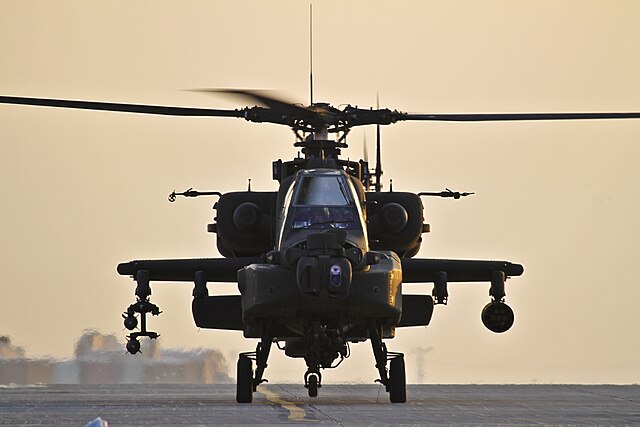
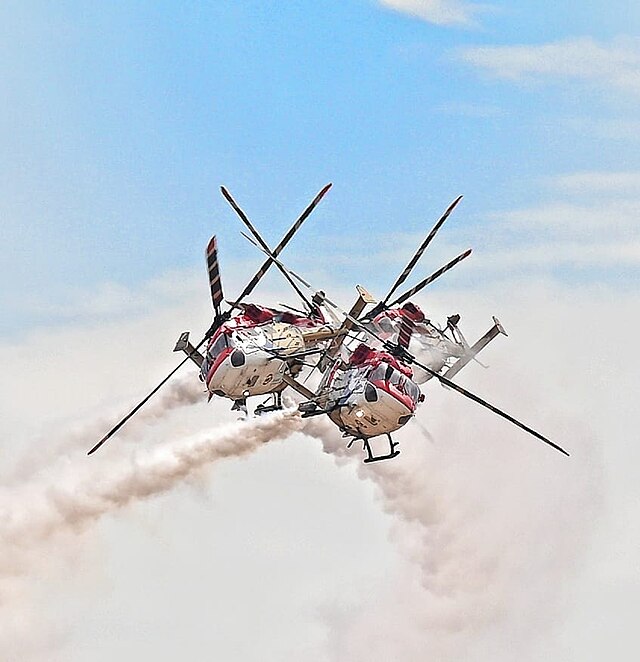
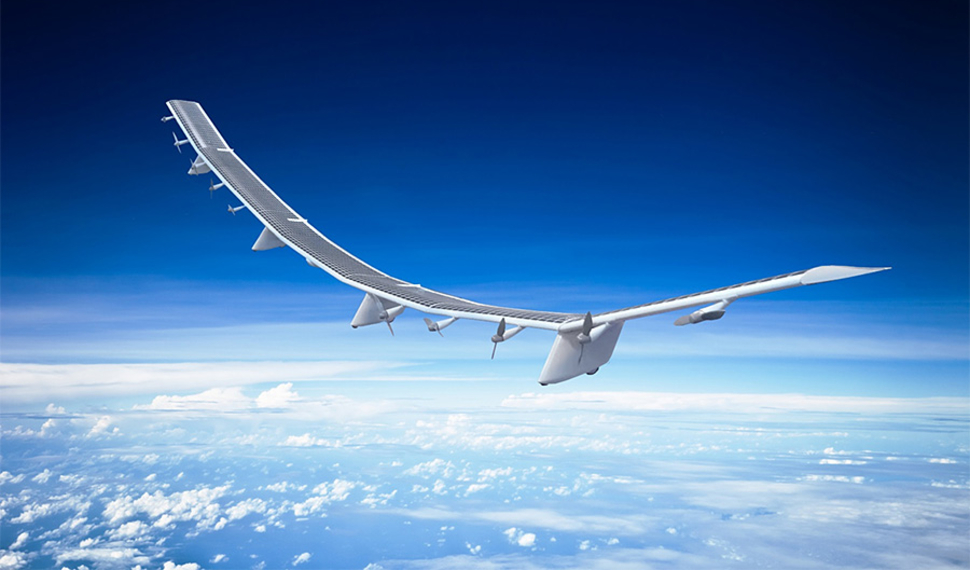

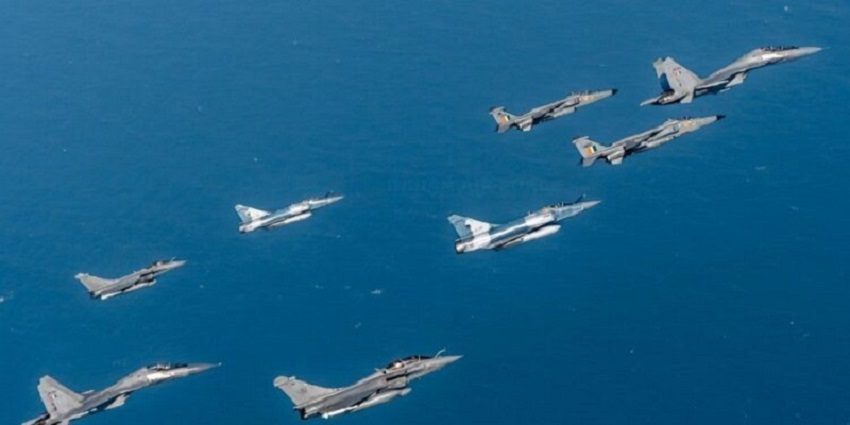
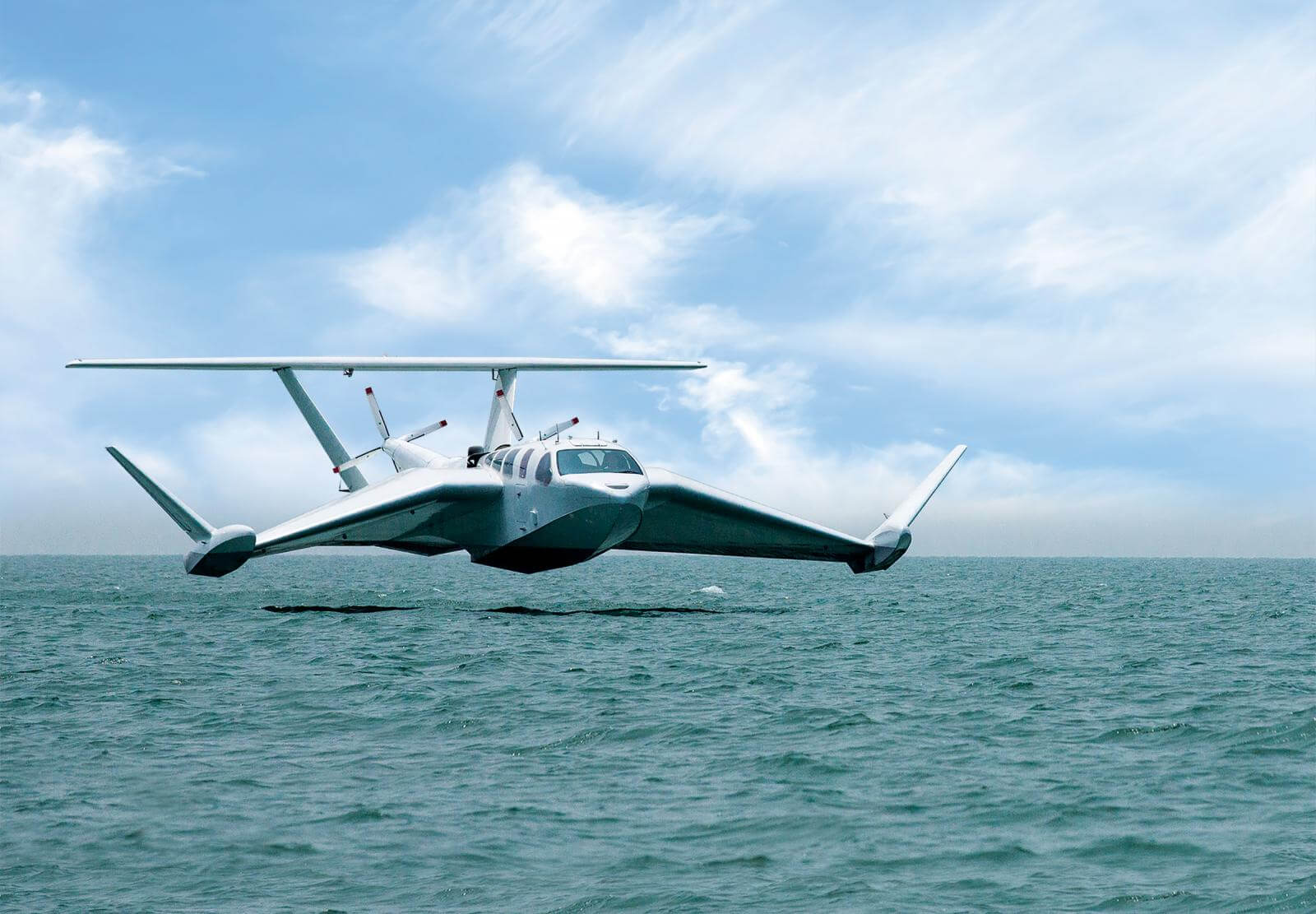










POST COMMENTS (0)